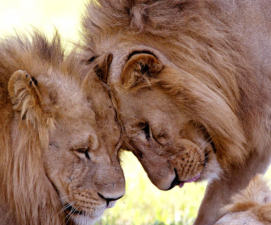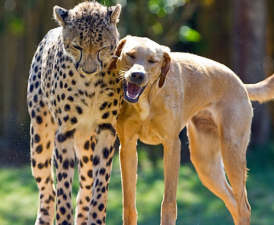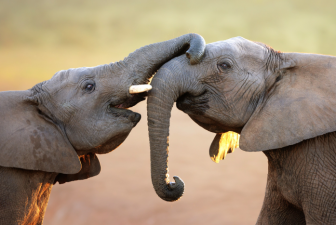Animals, like humans, also have emotional centers. Areas such as the amygdala and prefrontal cortex in the brain are considered to be the centers for the generation and regulation of emotions. These areas are responsible for controlling and regulating emotions, feelings, and behavioral responses in humans. Similarly, the brains of animals have similar structures and functions. Therefore, animals may generate and express emotions through these areas.
Animals, like humans, also have emotional centers. Areas such as the amygdala and prefrontal cortex in the brain are considered to be the centers for the generation and regulation of emotions. These areas are responsible for controlling and regulating emotions, feelings, and behavioral responses in humans. Similarly, the brains of animals have similar structures and functions. Therefore, animals may generate and express emotions through these areas.
Psychology defines emotion as subjective understanding of value relationships, neural contact, including emotional reflexes. Animal emotions can be divided into two categories. The first category is the reflex of primitive emotions, such as instinctive reactions such as fear and pleasure, which are regulated by primitive brain areas such as the brainstem and amygdala.

The second category is advanced social emotions that manifest as complex behaviors of attachment empathy, such as dolphins attacking sharks to protect humans and dogs' separation anxiety from their owners.
The neurotransmitters such as dopamine and oxytocin in the brains of animals are similar to those of humans. Studies have found that the level of dopamine in rodents increases during social interactions. For example, birds increase oxytocin secretion when courting.
After Peter the dolphin became attached to his human assistant and separated from him, he became depressed and even suicidal. When hens are excited, the blood vessels in their faces dilate, causing them to blush. After being bitten many times, they will have a fear reaction when they hear similar sounds.
Animal emotions are anthropomorphic projection reactions, mostly driven by hormones. More and more studies have shown that the emotional mechanisms of higher animals are homologous to those of humans, but the difference is only reflected in the degree of complexity.

Animals have emotional abilities, which provides an important basis for animal welfare ethics and cross-species communication research.
In a study of elephants in Kenya, researchers found that the emotional bonds between elephants are extremely strong. They will show obvious sadness and pain when their companions are injured or killed. They will touch the bodies of their companions with their trunks and even hold a "funeral ceremony" for their dead companions. These behaviors show that elephants have sympathy and mourning similar to humans. In addition, elephants also show a high degree of social skills and cooperation, which further proves the complexity of their emotional world.
In a study of prairie wolves, scientists found that the emotional exchanges between wolf packs are very rich. Members of a wolf pack will convey information through postures, expressions and sounds to maintain the stability and unity of the wolf pack. When hunting, wolves work closely together, showing a high degree of teamwork and trust. These observations show that the emotional world of prairie wolves is equally complex and may even have certain similarities with human emotions. ,
In fact, not only elephants and prairie wolves, many other animals also show similar emotions. For example, dolphins hold "funeral ceremonies" for their dead companions, chimpanzees comfort their grieving companions, and pigeons show love behaviors similar to humans. These examples show that emotional expressions in the animal kingdom are diverse and have striking similarities to human emotions.

So, why do animals have emotions? Scientists believe that emotions are an adaptive behavior that emerged during the evolution of animals. Emotions help animals better adapt to the environment and maintain the stability and survival of the population. For example, compassion and cooperation help animals cope with survival challenges together, while mourning helps animals learn to avoid danger. Therefore, emotions have important survival value in the animal kingdom.
